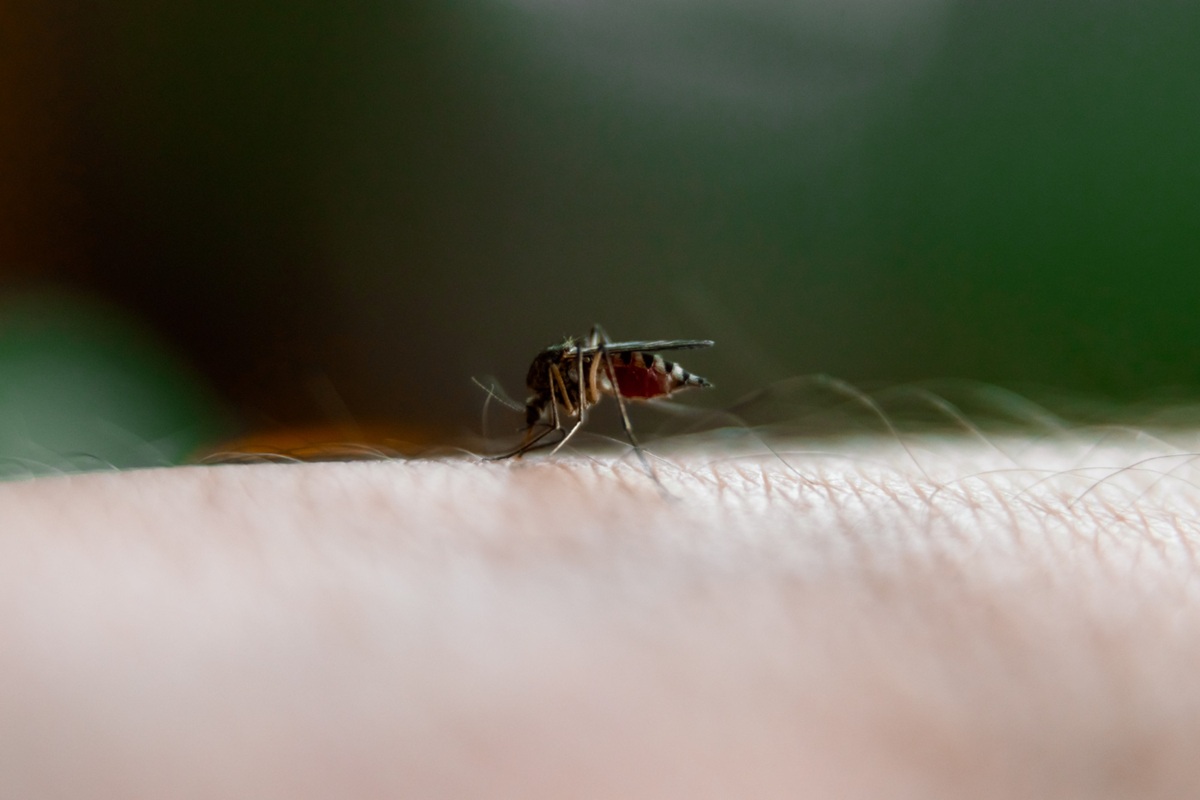With the arrival of beautiful days, admit it, you’re probably eager to make the most of your outdoor space! But do you already know how to effectively protect yourself from mosquitoes without using chemical products? Well, one flower could revolutionize your daily life and even replace the famous citronella: marigolds.
Colorful marigolds for a vibrant garden
If you love when your garden bursts with vibrant colors, marigolds, also known as African marigolds or French marigolds, provide a true touch of brightness that will surely enhance your exterior from spring until the first frost.
Depending on the variety, they come in different sizes and colors. It’s up to you to choose the ones that best fit your space:
- Tagetes patula (African marigolds) are low plants between 15 and 30 cm, often featuring bicolor blooms (orange-yellow or red-yellow). These little wonders are perfect for window boxes, low beds, and borders.
- Tagetes erecta (French marigolds) can grow up to a meter high. With their generous flowers in deep yellow or orange hues, they are ideal for creating depth at the back of flower beds or in larger spaces.
Natural protection against mosquitoes and other pests
Did you know that, in addition to their undeniable charm, marigolds provide genuine mosquito protection? These flowers release a scent that repels mosquitoes effectively, even surpassing citronella.
But that’s not all: these valuable allies contain a substance called thiophene, which is highly effective against other unwanted pests like aphids, whiteflies, and nematodes. The latter, which attack the roots, can cause significant damage to your crops.
If you plant these flowers near your vegetables, you will ensure natural protection for your garden without relying on chemical substances that harm biodiversity.
No green thumb needed to successfully plant marigolds
Good news: even if you’re a beginner gardener, cultivating marigolds is a breeze. Here are some tips to ensure optimal blooming:
- Choose a sunny spot: they love light and will produce many more blooms.
- Prepare the soil: marigolds thrive best in rich, well-drained soil. Add some compost or well-aged manure before planting.
- When to plant? You have two options: either start your seeds indoors in March (around 18-20°C) and transplant them outdoors by mid-May, or plant them directly in your garden around April, possibly under a cold frame for protection.
- Easy care: water them regularly but do not overwater, always remove faded flowers to encourage new blooms, and pinch the stems occasionally for bushier plants.
Easily pair marigolds with other garden plants
Wondering if these flowers will harmoniously blend with your other plants? Absolutely! The various sizes of marigolds allow for great flexibility in your landscaping compositions.
The lower varieties elegantly highlight your perennial flower beds and border your paths. As for the tall tagetes erecta, they’ll create an attractive backdrop for larger areas.
To take advantage of their repellent action, dare to pair them with your tomatoes, peppers, and strawberries to deter various harmful pests while beautifying your entire vegetable garden.
A floral treasure full of meaning and history
Marigolds carry a beautiful cultural story, especially in Mexico, where the flowers have special significance during Día de Muertos, the Day of the Dead. Their vibrant colors symbolize briefly yet intensely the beauty of life.
By planting marigolds, your outdoor space will not only be protected and beautified but you will also participate in the quiet transmission of a meaningful tradition.
So, have you tried marigolds in your garden, or are you planning to do so soon? What techniques have you adopted to naturally keep mosquitoes at bay? Share your tips with us in the comments! It’s always a pleasure to read and exchange practical advice together.
I’m a disabled, xennial Christ-follower, slightly off kilter (but aren’t all “ar-teeests”?).
Hope you enjoy my rantings, don’t take my sarcasm too seriously and know that comments are welcome. 🙂


Leave a Reply